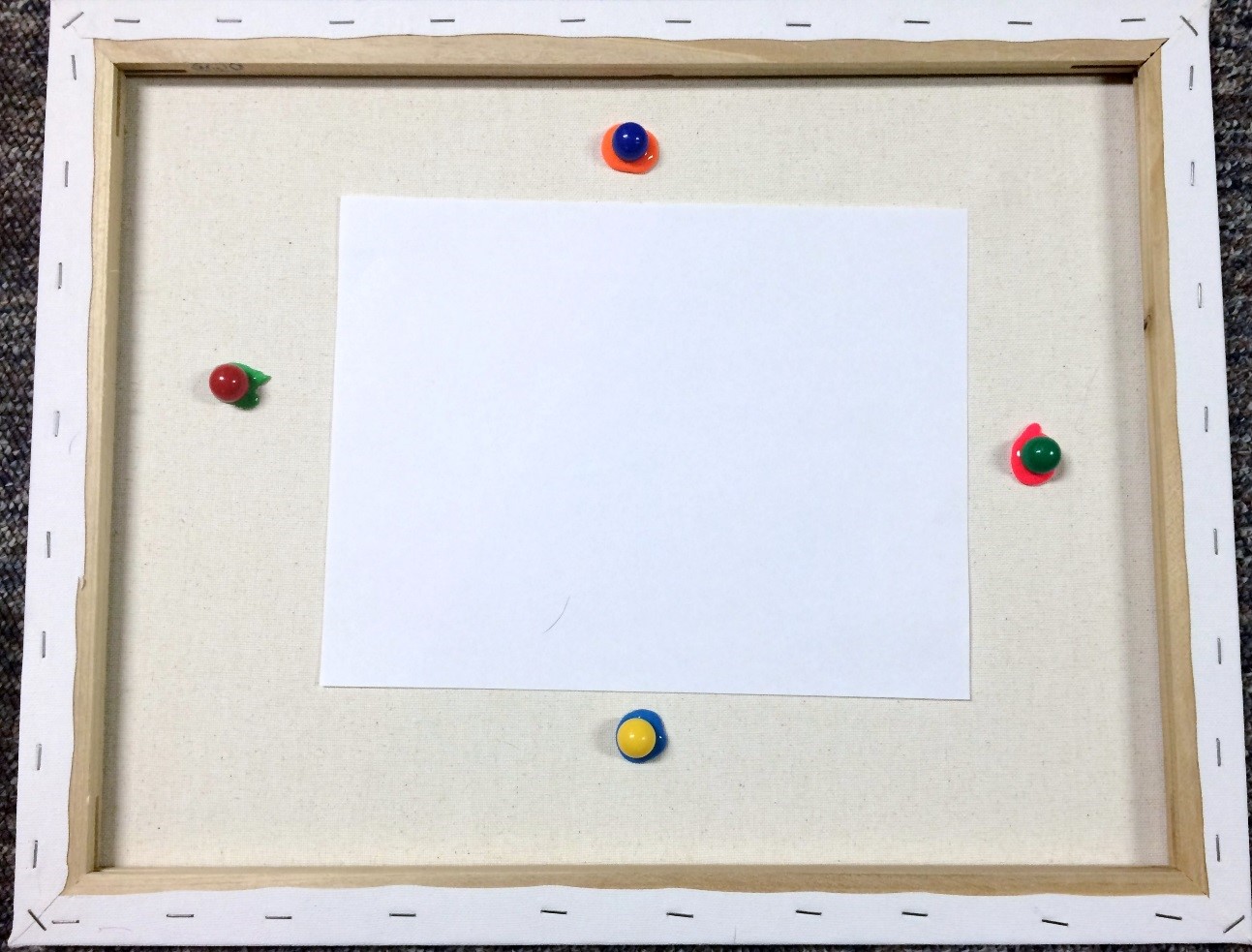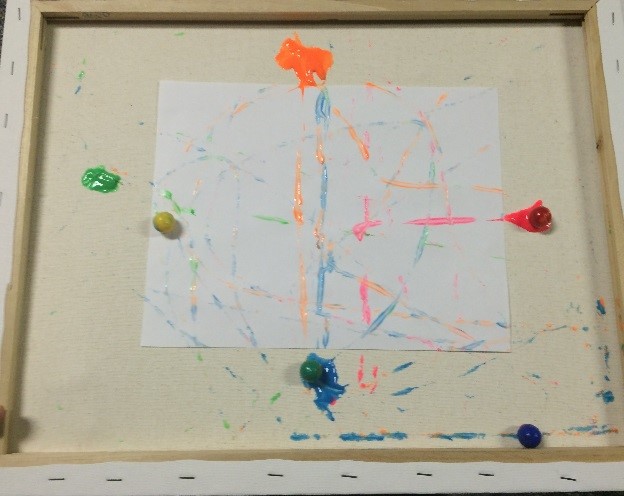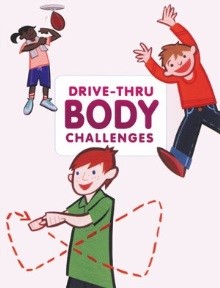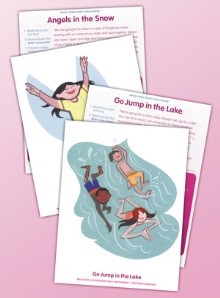
General confusion and misconceptions abound regarding the use of therapeutic weighted materials, which Kristi dispelled with her seminar. She is an experienced therapist, having worked in a variety of primarily pediatric settings. Kristi began designing and making products for her clients to meet specific needs related to sensory processing. With her sister, Heidi, she developed and launched her therapeutic products company Sommerfly, in 2005, with the goal of “Calm, Sleep and Focus for All.”
Kristi’s review of research findings regarding sensory rooms and weighted blankets was thorough. The research reviewed came primarily from studies in adult psychiatric settings, but was still applicable to broader settings and age groups. Sensory rooms have been validated as safe, effective, anxiety and distress reducers, with weighted blankets being particularly useful for decreasing anxiety. She emphasized the recommendation for the best way to use a weighted blanket is for the child to apply it on himself/herself. Research cited from Tina Champagne, MEd, OTR/L indicates that weighted blankets should weigh more than 10% of the wearer’s body weight to be most effective – with 15-25% of a person’s weight as the guideline for use. She cited studies that indicate the rise in pediatric admissions for behavioral health problems. This fact points to the need for treatment strategies that are accessible, powerful, sensory-based, and research supported.
Sensory rooms are defined as a voluntary, self-managed place to decrease stress; they empower people to care for themselves. In these rooms you might find a Sit Tight Weighted Lap Pad, a Relaxer Blanket, and a variety of other calming sensory materials such as a white noise machine, lava lamp, chewing gum, exercise bands, yoga position cards, noise cancelling headphones, calming music CD, etc., depending on the child’s age and needs. Kristi referred to Karen Moore’s Sensory Connection books as a having a wealth of information for developing sensory rooms and carts.
In her discussion of compression garments and muscle work, Kristi reminded us that compression garments have a similar effect as deep pressure applied to the skin and heavy work on joints/muscles. Both compression garments and weighted products provide similar touch pressure sensation, with a rapid response time, but heavy muscle work response time varies. The guideline for weighted vests provided was 3-5% of the wearer’s weight is optimal with wearing times of between 15-30 minutes at a time throughout the day; accommodation occurs with longer wearing times.
Kristi reported that since the hands and mouth have a high density of touch and proprioceptive receptors, the perception of sensation in these areas is greater than in other body areas. This may explain why we naturally fidget with hands and mouth with activities like nail biting, smoking, doodling, hair twirling, etc. Hand fidget research evidence shows that distraction reduced anxiety and pain after surgery. She advocated the use of a fidget as a “tool” versus a “toy” with examples like a Wristful Fidget or a Fidgety.
In our stress-filled society, the popularity and use of mindfulness techniques has alerted us to the value of being calm and centered. Sensory strategies we employ personally give us a sense of well being and regulation. Kristi asked us to imagine what effect they might have on a child who is “at risk.” As occupational therapists, we understand the value of and can use self-regulation practices to help people function optimally. After Kristi’s presentation, we understood the application of weighted products and fidgets more thoroughly, particularly with the pertinent research cited by her. When caregivers are given tools designed to help with self-regulation, coupled with other cognitive-behavioral strategies, we can look forward to seeing the effects with our students/patients as they reengage in life occupations.
Take a look at some of the glowing comments attendees provided:
“Great to have research to back up findings. Simple facts and Ideas to pass on to school colleagues and administration.” – Fredda T., Occupational Therapist
“I tend to be relatively skeptical about these issues, but I found Kristi extremely knowledgeable and approachable, and her presentation very informative. Lots to think about!” – Maura K., Teacher
“I liked the trauma informed approach, evidence based and practical suggestions. Really appreciated the update on weight guidelines.” – Kim B., Occupational Therapist
“Great intro course for new therapist and/or parents, teachers, related fields. Most useful for experienced OTs was the research/weight & wearing prescription/demo of products. Organized, straightforward presenter. Warm, open, compassionate, available for questions and pertinent case studies. Thank you!!” – Bernadette W., Occupational Therapist
“Great answers to questions, great products, great suggestions. I like the non toy look for fidgets.” – Anonymous, Occupational Therapist
Thank you, Kristi!
Filomena Connor, MS, OTR/L
May 6, 2017











